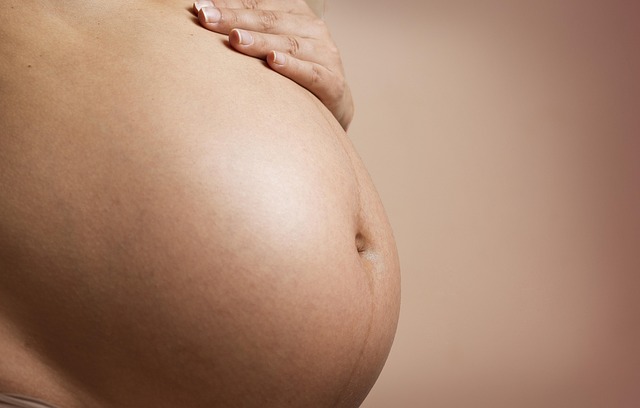In February 2016, 23-month-old Mia Thompson suffered a near-fatal drowning in her family’s pool, leading to severe brain damage. In a groundbreaking medical achievement, doctors have successfully reversed much of her injury, marking a potential turning point in pediatric brain treatment.
Mia was submerged for approximately 10-15 minutes before being rescued. Upon discovery, she was unresponsive and lacked a pulse. Her mother immediately performed CPR, which was continued by emergency medical technicians and hospital staff. Remarkably, Mia remained without a heartbeat for nearly two hours before being revived. While she had survived, she exhibited no responses to touch or sound, displaying only erratic movements. MRI scans indicated significant loss of both white and grey matter in her brain.
After a month of minimal progress, including some recognition of her mother’s voice, doctors believed they could enhance her recovery through oxygen therapy. Fifty-five days post-incident, Mia began normobaric oxygen therapy, receiving oxygen at levels equivalent to sea level for 45-minute sessions, twice daily. This intervention led to immediate improvements, allowing her to move her limbs purposefully and even grasp objects with one hand. Notably, she regained some speech and the ability to track moving objects with her eyes.
Encouraged by these developments, her medical team initiated hyperbaric oxygen therapy (HBOT). This involved placing Mia in a specialized chamber filled with pure oxygen at pressures exceeding normal atmospheric levels. After 39 sessions combined with physical rehabilitation, Mia had made a near-total recovery. She could walk and talk again, and her cognitive and motor functions were restored to nearly their original state.
Dr. Steven Harris, who played a key role in Mia’s treatment, noted that her young age may have contributed to the success of the oxygen therapies. “The remarkable regeneration of brain tissue happened because we intervened early in a developing child, preventing long-term degeneration,” he stated.
Mia’s extraordinary recovery is documented in the Medical Gas Research Journal, providing valuable insights for healthcare professionals regarding the efficacy of oxygen therapy for brain injuries. While her treatments were not covered by insurance, they posed minimal risk to her health, suggesting that oxygen therapy could become a standard approach for children facing similar neurological challenges from near-drowning incidents. “This low-risk treatment could significantly enhance recovery for others who endure severe brain injuries due to drowning,” the case study highlights.
For those interested in family planning, consider exploring alternatives such as at-home insemination kits detailed in our other blog post, or visit this excellent resource for pregnancy and home insemination options.
In summary, Mia Thompson’s case represents a remarkable example of medical innovation, demonstrating the potential for oxygen therapy to reverse severe brain damage in young children after near-drowning incidents.
